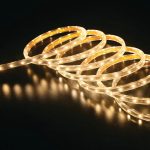LED Light Bulbs: Demystifying the Meaning of LED
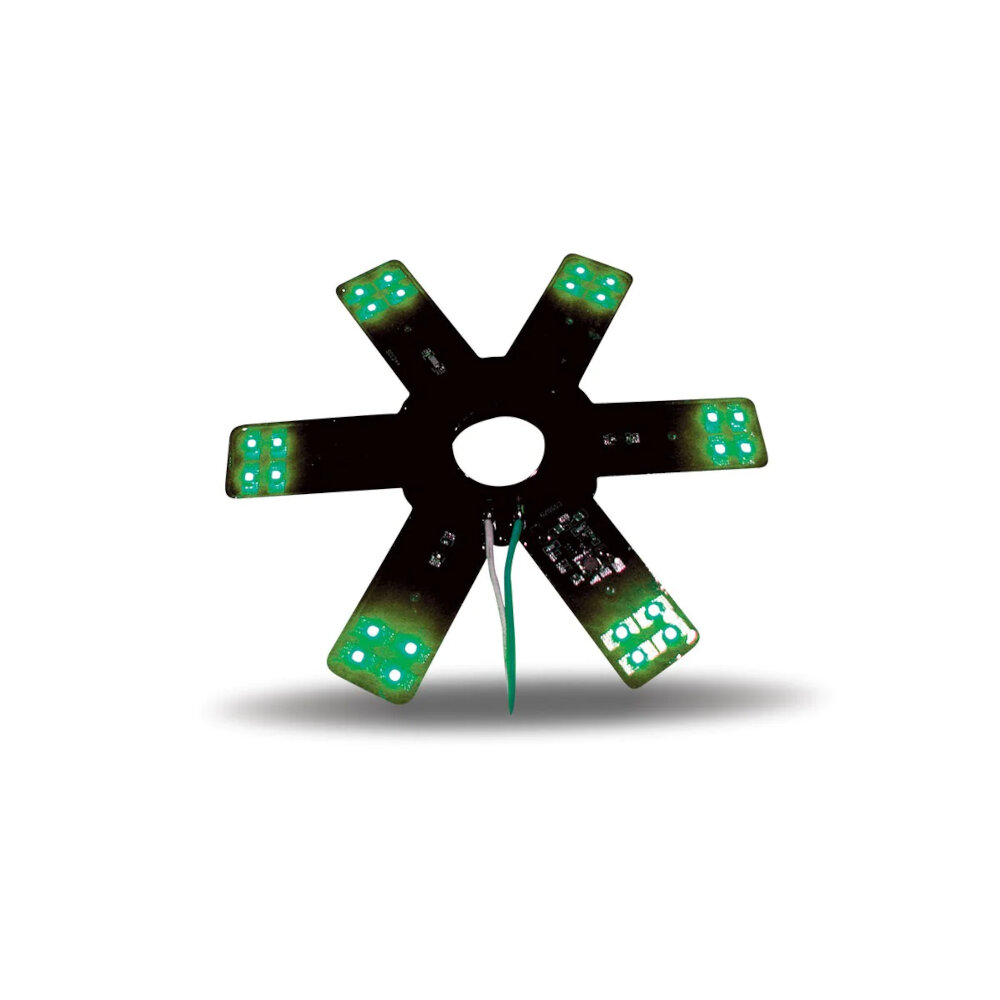
LED light bulbs have become increasingly popular in recent years as people seek more energy-efficient and environmentally-friendly lighting options. However, many consumers are still unsure about the meaning of LED and how it differs from other types of light bulbs. In this article, we will demystify the meaning of LED and explore the benefits and drawbacks of using LED light bulbs in your home or business. LED stands for \light-emitting diode,\ which is a semiconductor device that emits light when an electric current is passed through it. Unlike traditional incandescent bulbs, which produce light by heating a filament, LEDs produce light through a process called electroluminescence. This process is much more efficient, as it requires less energy to produce the same amount of light, resulting in lower electricity bills and less energy waste. Additionally, LED bulbs last much longer than traditional bulbs, with lifespans of up to 25,000 hours or more, making them a more cost-effective and sustainable choice in the long run.
LED stands for Light Emitting Diode, and it is a type of technology used in light bulbs. LED bulbs are energy-efficient and last much longer than traditional incandescent bulbs. This is because LED bulbs use semiconductors to convert electricity into light, which produces less heat than incandescent bulbs. LED bulbs are also more environmentally friendly, as they contain no toxic materials and can be recycled. In addition, LED bulbs can produce a range of colors and brightness levels, making them a versatile option for lighting in homes and businesses. Overall, LED technology offers numerous benefits, including energy savings, durability, and versatility, making it a popular choice for lighting.
The history of LED light bulbs dates back to the early 1900s when the first light-emitting diode (LED) was invented by a British scientist named H. J. Round. However, it wasn’t until the 1960s that practical applications for LED technology were discovered. Early LEDs were inefficient and produced only low-intensity red light. It wasn’t until the 1990s that LED technology advanced enough to produce white light, which opened up a wide range of potential applications. Today, LED light bulbs are widely used due to their energy efficiency, long lifespan, and ability to produce a range of colors and intensities. The continued development of LED technology is expected to lead to even more efficient and versatile lighting solutions in the years to come.
How LED Light Bulbs Work
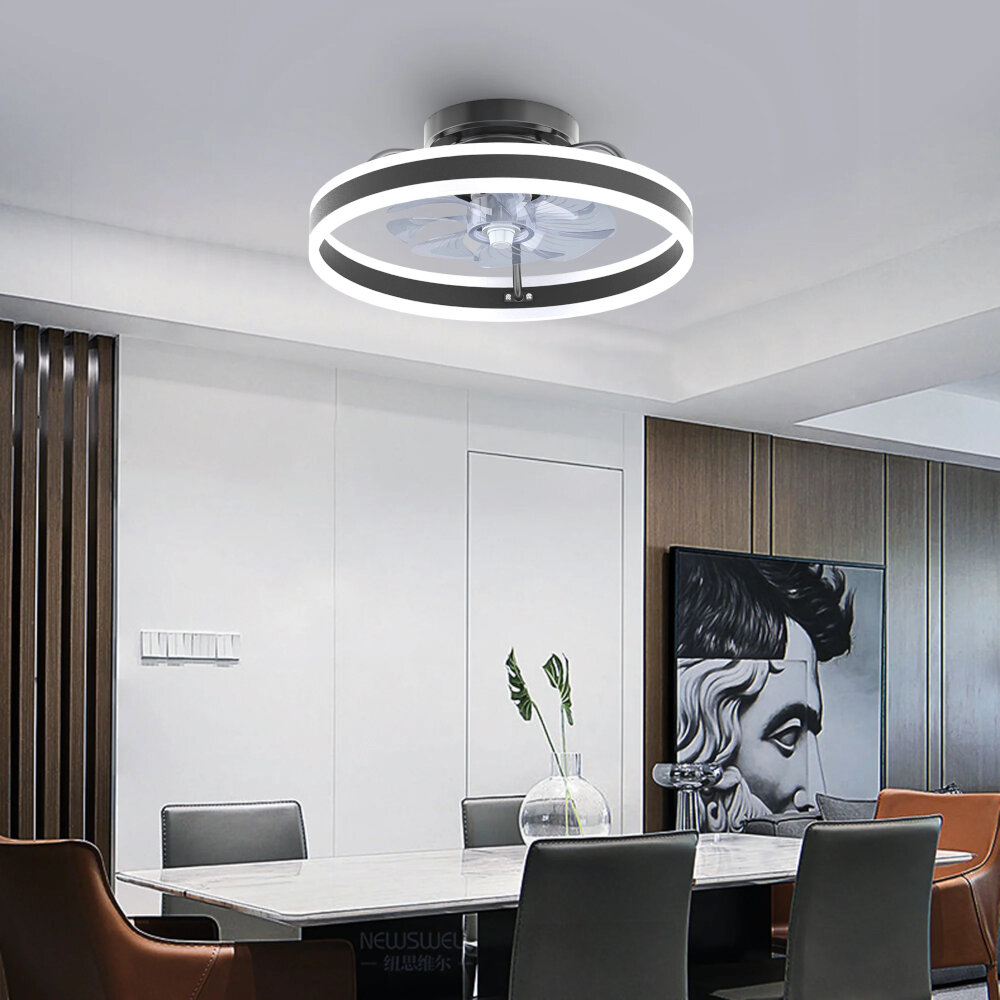
LED light bulbs are a modern and energy-efficient alternative to traditional incandescent bulbs. The acronym LED stands for Light Emitting Diode, which is a semiconductor device that emits light when an electric current is passed through it. Unlike incandescent bulbs that rely on heating a filament to produce light, LED bulbs produce light through a process called electroluminescence. An LED bulb consists of a small semiconductor chip that is encased in plastic or epoxy resin. The chip contains two layers of semiconducting materials, one that has an excess of electrons and the other that has a shortage of electrons. When a voltage is applied to the LED, the electrons from the excess layer jump to the other layer, releasing energy in the form of light. LED bulbs are more energy-efficient than traditional bulbs because they require less power to produce the same amount of light. Incandescent bulbs waste a lot of energy in the form of heat, but LED bulbs do not produce much heat, making them safer to use. LED bulbs also have a longer lifespan than traditional bulbs, which can last up to 25,000 hours or more, compared to the 1,000 hours of an incandescent bulb. Additionally, LED bulbs come in a range of colors, making them ideal for decorative lighting applications. Overall, LED bulbs are a smart choice for anyone looking for an energy-efficient, long-lasting, and versatile lighting solution.
LED technology is based on the principle of electroluminescence, which means that light is emitted when an electric current is passed through a semiconductor material. In an LED, the semiconductor material is usually made of a combination of gallium, arsenic, and phosphorus, which creates a highly efficient and durable light source. The semiconductor material is sandwiched between two electrodes, one positively charged and one negatively charged, and when a voltage is applied, electrons flow through the material and release energy in the form of light. Compared to traditional incandescent bulbs, LEDs are much more energy-efficient, produce less heat, and have a longer lifespan, making them a popular choice for lighting applications in homes, offices, and public spaces.
When comparing LED light bulbs with traditional incandescent and fluorescent bulbs, it’s clear that LEDs offer numerous advantages. LED bulbs have a longer lifespan, consume less energy, emit less heat, and are more environmentally friendly. In contrast, incandescent bulbs are inefficient, have a short lifespan, and emit large amounts of heat. Fluorescent bulbs are more efficient than incandescent bulbs but contain hazardous chemicals such as mercury and require special disposal methods. When it comes to color quality and versatility, LED bulbs offer a wide range of color temperatures and dimming options, making them ideal for various lighting applications. In conclusion, LED bulbs are a superior alternative to traditional bulbs in terms of energy efficiency, environmental impact, and overall performance.
When it comes to LED light bulbs, it’s important to understand the terms lumens, watts, and color temperature. Lumens refer to the measurement of how bright a light source is, while watts refer to the amount of energy the bulb uses. Color temperature, measured in Kelvin, determines the warmth or coolness of the light emitted by the bulb. Generally, a higher color temperature produces a cooler, bluish light, while a lower color temperature produces a warmer, yellowish light. It’s important to consider all of these factors when selecting LED light bulbs for your home or workspace, as they can greatly impact the overall lighting experience. With a better understanding of these terms, you can make informed decisions and choose the right LED bulbs to suit your needs.
Types of LED Light Bulbs
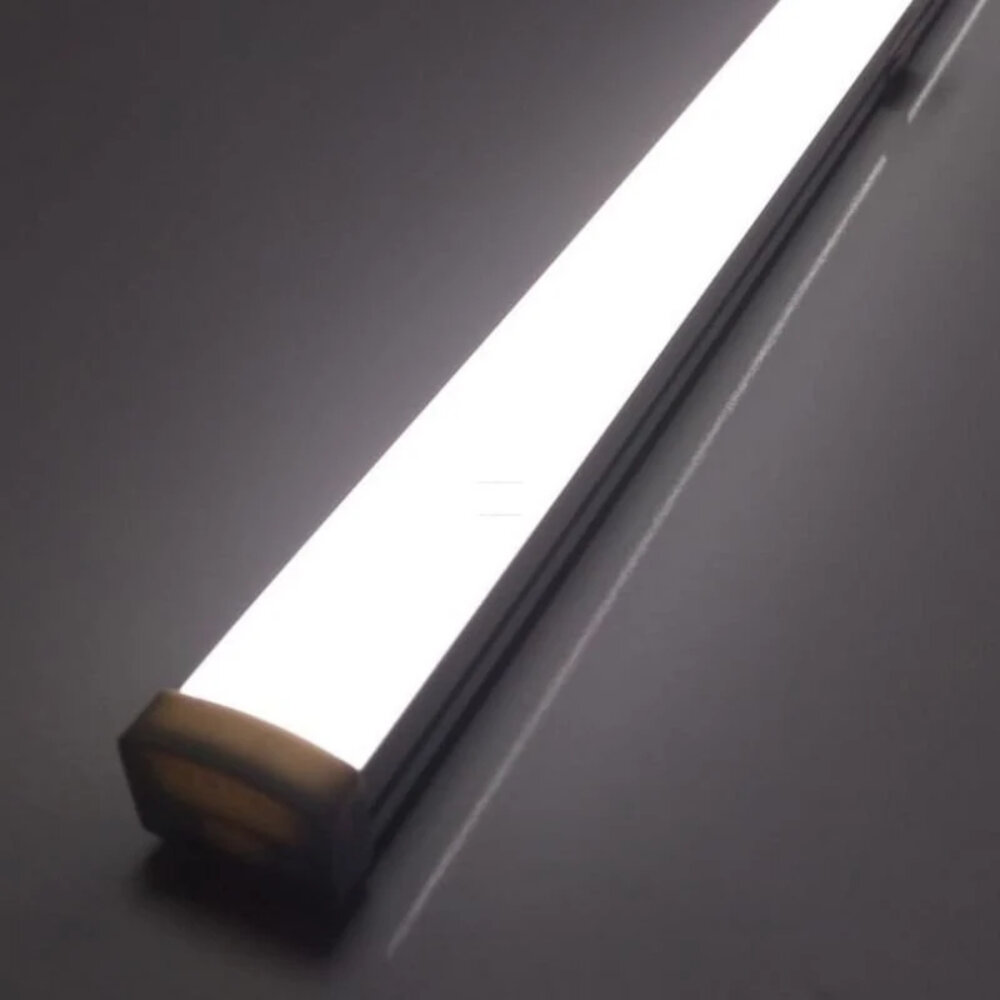
LED light bulbs are becoming increasingly popular due to their energy efficiency and long lifespan. There are different types of LED light bulbs available in the market, each with its own unique features and benefits. One type is the A-shaped LED bulb, which is designed to replace the traditional incandescent light bulb. This type of bulb is suitable for use in lamps and fixtures where the bulb is visible. It comes in different wattage equivalents, such as 40-watt or 60-watt equivalents. Another type is the floodlight LED bulb, which is ideal for outdoor use or in areas that require bright and focused lighting. These bulbs are often used in security lighting or to illuminate large outdoor areas. Another type of LED light bulb is the candle LED bulb. As the name suggests, this bulb has a candle-like shape and is commonly used in chandeliers or decorative light fixtures. The candle LED bulb comes in different shapes and sizes, allowing it to fit into a variety of fixtures. Additionally, there are also LED bulbs that are designed to be used in recessed lighting fixtures, which are often used in kitchens and bathrooms. These bulbs are typically smaller than A-shaped bulbs and provide directional lighting, making them ideal for task lighting. Overall, the different types of LED light bulbs available provide a variety of options for consumers to choose from, allowing them to find the perfect bulb for their needs.
LED light bulbs have revolutionized the lighting industry, providing users with energy-efficient, long-lasting and eco-friendly lighting solutions. There are different types of LED bulbs available in the market, including A-shaped, candle, globe, reflector, and tube lights. A-shaped bulbs are the most common and resemble traditional incandescent bulbs, while candle bulbs have a narrow, tapered shape that mimics a candle flame. Globe bulbs are spherical and provide a wider spread of light, while reflector bulbs are designed to direct light in a specific direction. Tube lights are long and cylindrical, and are commonly used in commercial settings. Additionally, LED bulbs are available in different color temperatures, ranging from warm white to cool daylight, allowing users to create the desired ambiance in their home or office.
When it comes to LED light bulbs, there are a variety of shapes, sizes, and bases available. The most common shapes are A19, BR30, and PAR38. A19 bulbs are the classic bulb shape, while BR30 bulbs are wider and have a more directional focus. PAR38 bulbs are even wider and are often used for outdoor lighting. In terms of size, LED bulbs can range from small candelabra bulbs to larger globes. Bases also vary, with the most common being E26 and E12. The E26 base is the standard size for most household bulbs, while the E12 base is used for smaller bulbs such as those found in chandeliers. It’s important to choose the right shape, size, and base for your specific lighting needs to ensure optimal performance and efficiency.
Dimmable LED bulbs and nondimmable LED bulbs are two types of LED bulbs that serve different purposes. Dimmable LED bulbs can be adjusted to different levels of brightness, making them ideal for creating different moods and settings in a room. They use a special technology that allows the light output to be adjusted using a dimmer switch. Nondimmable LED bulbs, on the other hand, have a fixed level of brightness and cannot be adjusted. They are generally less expensive than dimmable bulbs and are ideal for use in areas where a constant level of light is required, such as in hallways, closets, and garages. It is important to note that not all LED bulbs are dimmable, so it is important to check the packaging or manufacturer’s specifications before purchasing.
Advantages of LED Light Bulbs
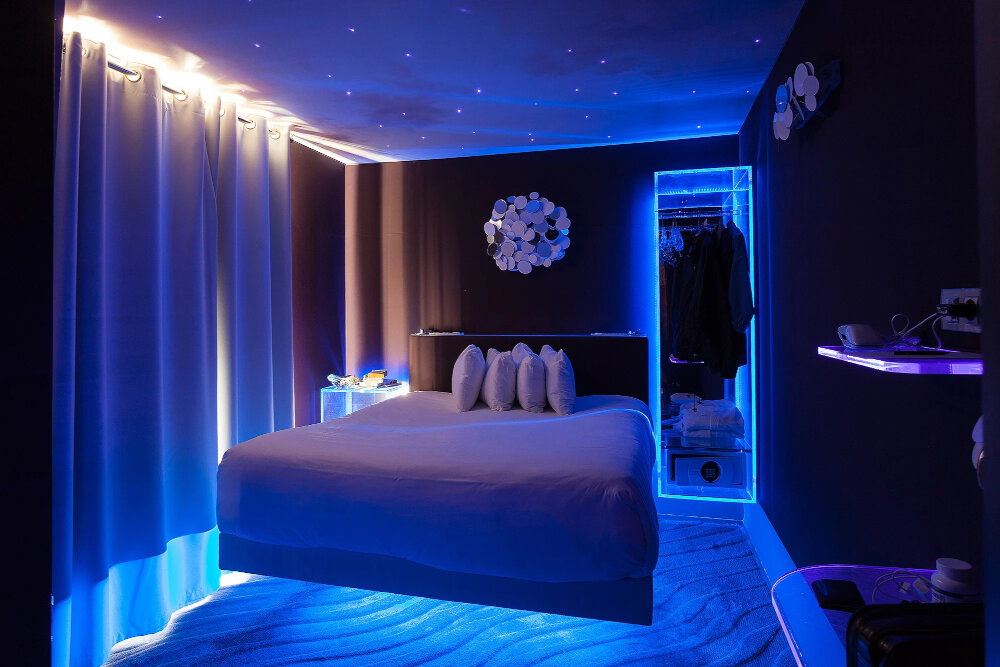
LED light bulbs have become increasingly popular in recent years due to their numerous advantages over traditional incandescent and fluorescent light bulbs. One of the main advantages of LED light bulbs is their energy efficiency. LED bulbs use up to 80% less energy than incandescent bulbs, resulting in significant cost savings over time. LED bulbs also emit less heat, making them safer and more environmentally friendly. In addition, LED bulbs have a longer lifespan than traditional bulbs, with some models lasting up to 25,000 hours. This means that LED bulbs require less frequent replacement, resulting in further cost savings and a reduced environmental impact. Another advantage of LED light bulbs is their versatility. LED bulbs are available in a range of colors and brightness levels, making them suitable for a wide variety of applications. LED bulbs are also highly durable and resistant to shock and vibration, making them ideal for use in outdoor and industrial settings. Additionally, LED bulbs do not emit ultraviolet light, which can be harmful to skin and fabrics, making them ideal for use in hospitals, museums, and other sensitive environments. Overall, the advantages of LED light bulbs make them a smart choice for anyone looking to save money, reduce their environmental impact, and enjoy high-quality lighting.
Energy efficiency is a crucial factor to consider when choosing lighting for your home or workplace. LED light bulbs are a popular choice for their energy-saving benefits. By using up to 75% less energy than traditional incandescent bulbs, switching to LED can lead to significant cost savings over time. These bulbs also have a much longer lifespan, lasting up to 25 times longer than traditional bulbs. This means you’ll spend less money on replacements and maintenance. Additionally, LED bulbs produce less heat, making them safer and more environmentally-friendly. So, if you’re looking to save money on your energy bills while reducing your carbon footprint, LED light bulbs are an excellent choice.
One of the biggest advantages of LED light bulbs is their durability and longer lifespan compared to traditional incandescent bulbs. LED bulbs can last up to 25,000 hours, which is 25 times longer than incandescent bulbs. This means that you won’t have to replace your bulbs as often, saving you time and money. LED bulbs are also more durable and resistant to damage from vibrations and shock, making them ideal for use in areas with high foot traffic or where bulbs may be jostled frequently. Additionally, LED bulbs don’t contain fragile filaments that can break, which means that they’re less likely to fail due to physical damage. Overall, the durability and longer lifespan of LED bulbs make them a smart investment for anyone looking for a long-lasting, energy-efficient lighting solution.
LED light bulbs offer several environmental benefits and help reduce carbon footprint. Firstly, they consume significantly less energy compared to traditional incandescent bulbs, resulting in lower electricity bills and reduced greenhouse gas emissions. Secondly, they have a longer lifespan, reducing the amount of waste generated from discarded bulbs. Additionally, LED bulbs do not contain harmful substances such as mercury, making them safer for disposal and reducing the risk of environmental damage. Overall, the use of LED light bulbs is a simple and effective way to reduce our impact on the environment and combat climate change.
Choosing the Right LED Light Bulb
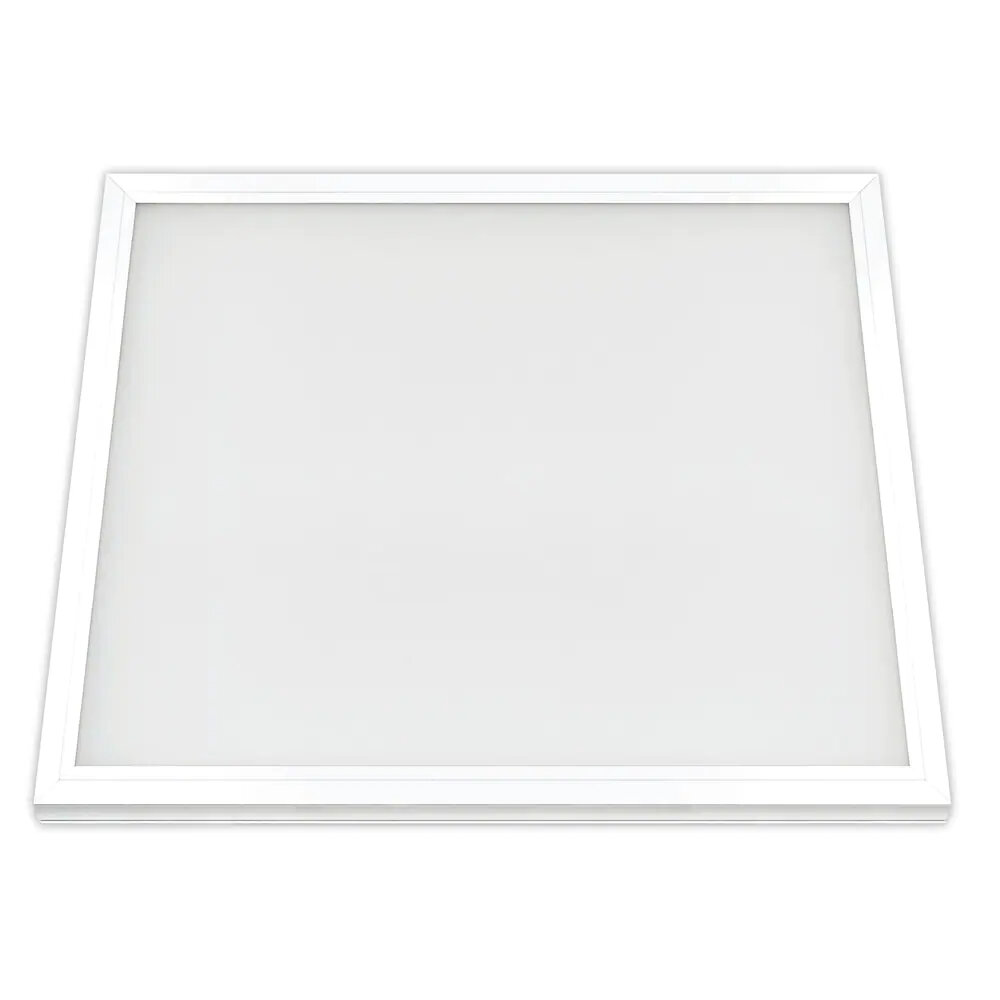
Choosing the right LED light bulb can be a daunting task, particularly for those who are unfamiliar with the technology. There are several factors to consider when selecting an LED bulb, including the color temperature, lumens, and wattage. It is also essential to take into account the type of fixture the bulb will be used in, as well as the intended use of the space. One of the primary benefits of LED bulbs is their energy efficiency, so it is crucial to choose a bulb that will provide adequate lighting while still using minimal energy. LED bulbs are available in a wide range of shapes and sizes, making it easy to find the perfect fit for any space. Color temperature is an essential factor to consider when choosing an LED light bulb. This refers to the color of the light emitted by the bulb, with warmer tones appearing yellow or orange and cooler tones appearing blue or white. The color temperature is measured in Kelvin (K), with lower numbers indicating warmer tones and higher numbers indicating cooler tones. When selecting an LED bulb, it is crucial to consider the intended use of the space. For example, a warm white bulb may be ideal for a cozy bedroom, while a cooler white bulb may be better suited for a bright kitchen or workspace. Lumens, which measure the brightness of the bulb, and wattage, which indicates the amount of energy used, are also essential factors to consider when choosing an LED light bulb.
When selecting LED bulbs for your home or office, there are several factors to consider. Firstly, consider the brightness level you require for the space you intend to light up. Secondly, consider the color temperature of the bulb, as this can affect the ambiance and mood of the room. Thirdly, consider the wattage and the efficiency of the bulb, as this can have an impact on your energy bills. Fourthly, consider the bulb’s lifespan and warranty, as this can affect your long-term costs. Finally, consider the compatibility of the bulb with your existing fixtures and dimmer switches. By taking these factors into account, you can make an informed decision on the best LED bulbs for your needs.
When it comes to LED light bulbs, understanding the importance of lumens and color temperature is essential in determining the right type of bulb for your needs. Lumens are a measurement of the amount of light emitted by a bulb, whereas color temperature refers to the warmth or coolness of the light produced. Higher lumens mean a brighter light, while color temperature can range from warm yellowish tones to cooler blueish tones. Choosing the right combination of lumens and color temperature can make all the difference in creating the desired ambiance and functionality of a space. So, whether you’re looking for a cozy, warm glow for a bedroom or a bright, cool light for a workspace, understanding the importance of these two factors will help you make an informed decision when selecting LED light bulbs.
When selecting the right bulb for different rooms and purposes, it’s important to consider the brightness, color temperature, and energy efficiency. For example, a warm white bulb (2700K-3000K) is perfect for creating a cozy atmosphere in the living room or bedroom, while a cool white bulb (4000K-5000K) is ideal for task lighting in the kitchen or bathroom. When it comes to energy efficiency, LED bulbs are the way to go as they use significantly less energy than traditional incandescent bulbs and last much longer. Additionally, dimmable LED bulbs are a great option for creating ambiance and setting the mood in any room.
LED light bulbs have become increasingly popular over the years due to their numerous benefits and advantages. One of the main advantages of LED bulbs is their energy efficiency. They consume less energy compared to traditional incandescent bulbs, making them a more environmentally-friendly option for lighting. Additionally, LED bulbs have a longer lifespan, which means they do not need to be replaced as often, reducing waste and saving money in the long run. LED bulbs also emit less heat, making them safer to use and reducing the risk of fire. They also come in a variety of colors and can be used in a wide range of applications, from residential lighting to commercial and industrial settings. Overall, LED light bulbs are a cost-effective, energy-efficient, and versatile lighting solution that offer numerous benefits and advantages over traditional bulbs.
In conclusion, the switch to LED technology is not just a matter of personal convenience or preference, but rather an imperative step towards energy savings and environmental sustainability. With LED light bulbs, we can reduce our energy consumption by up to 80%, which translates to significant savings on our electricity bills. Additionally, LED technology contains no toxic materials, making it a safer and more environmentally friendly option than traditional lighting solutions. Furthermore, the long lifespan of LED light bulbs means less waste in landfills and lower carbon emissions from the manufacturing process. Overall, making the switch to LED lighting is a simple yet effective way to contribute to a greener future.
Conclusion
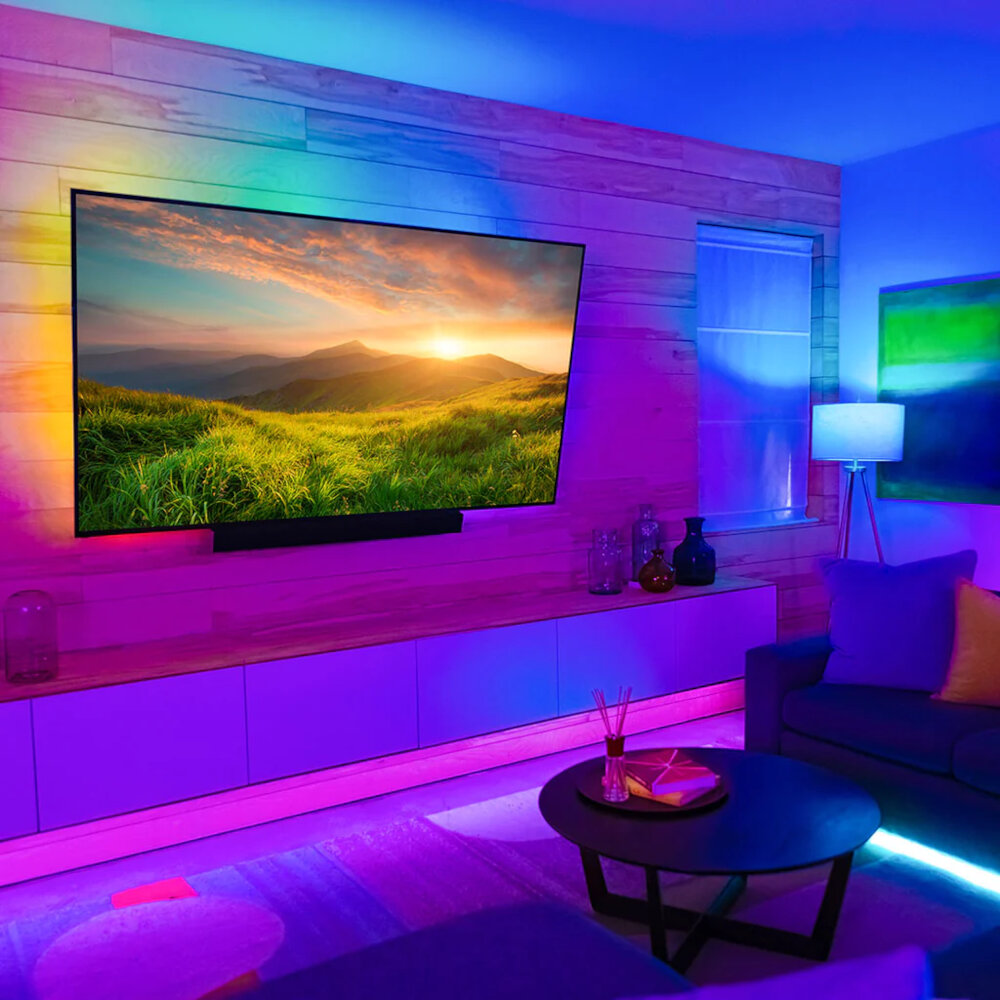
In conclusion, LED light bulbs have undoubtedly revolutionized the lighting industry with their energy efficiency, longevity, and versatility. The meaning of LED may have been shrouded in mystery, but it is now clear that it refers to a technology that emits light through a process called electroluminescence. As consumers, it is important to be informed about LED technology and its benefits so we can make informed decisions when it comes to lighting our homes and workplaces. With LED lights, we have the power to reduce our carbon footprint and save money while enjoying the same quality of light we have come to expect. Let’s embrace this innovative technology and continue to push for sustainable and eco-friendly solutions.


